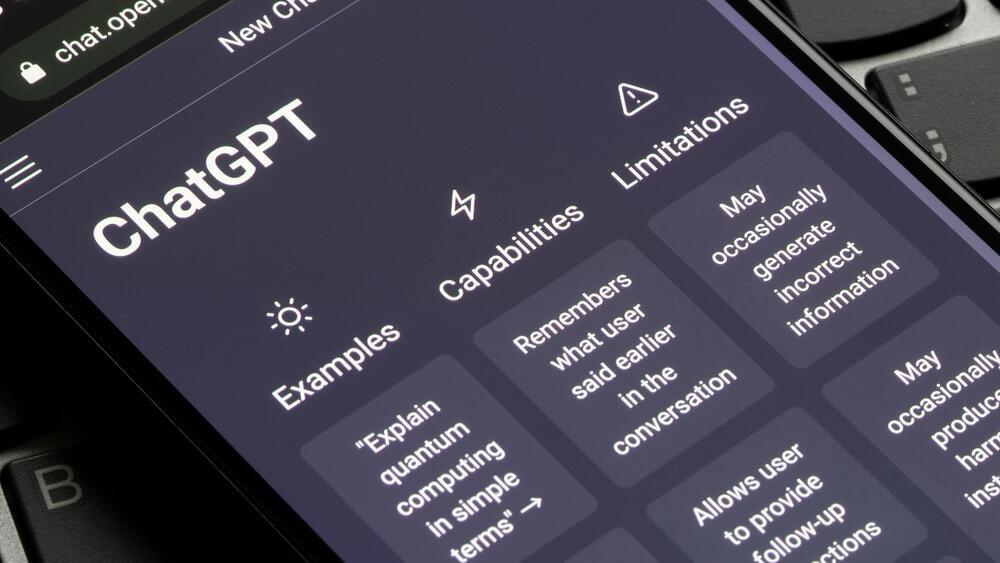If you haven’t developed a coping mechanism for deeply human and heart-shattering experiences of grief and loss, Metaverse has something for you.
As per the recent claims made by the founder of Somnium Space, a top metaverse company, the launch of ChatGPT has accelerated the process of making one of his most ambitious and eccentric projects real.
“Honestly, it is progressing at a much faster pace than everyone’s expectations.”
Andrey Suslov/iStock.
“The AI is growing at an extremely fast pace,” Artur Sychov, the CEO of Somnium Space, whose organization at present is working to develop a “Live Forever” mode for robot avatars in its “virtual reality world,” told Motherboard.







